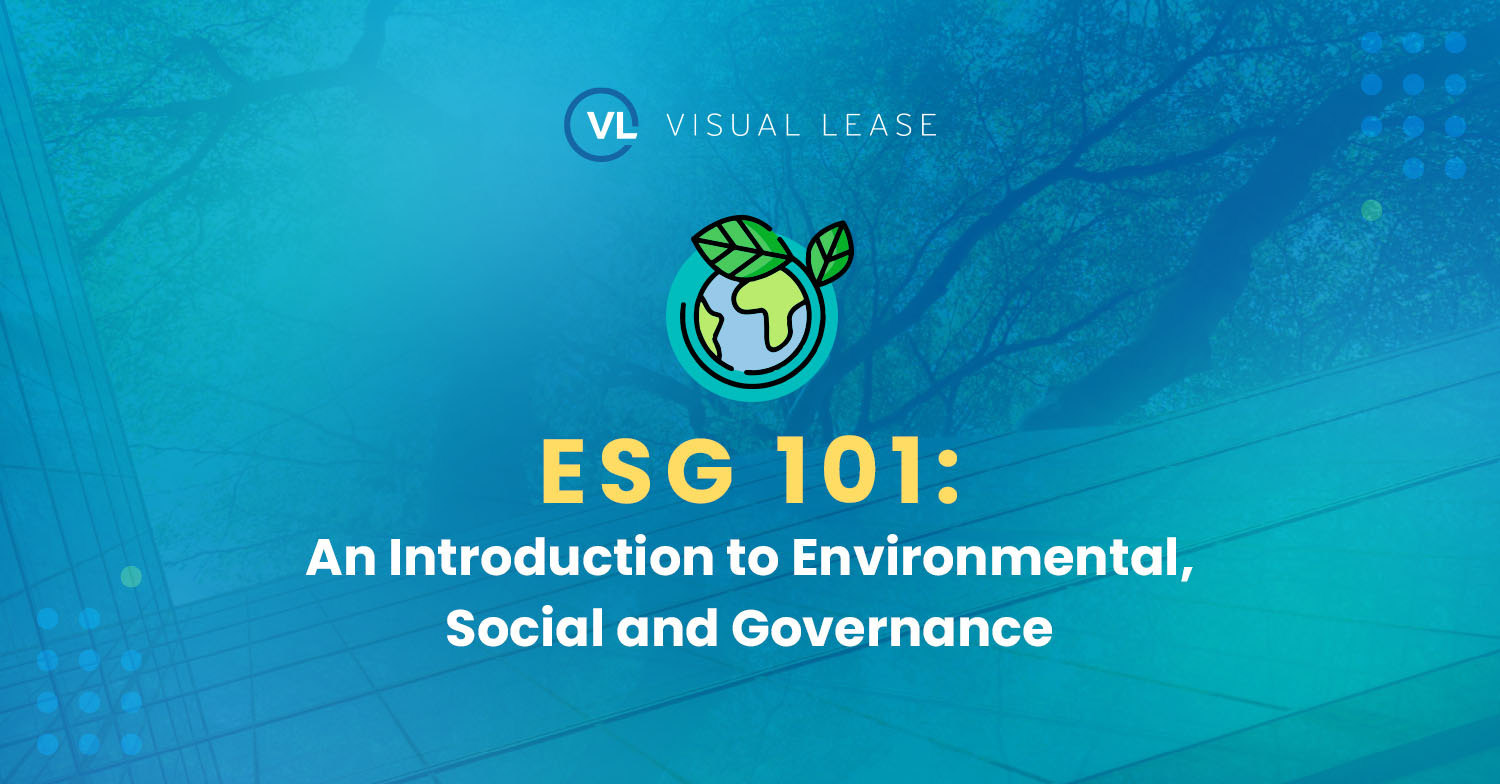
With more and more organizations focusing on ESG initiatives, we’ll use this blog to demystify what ESG is, why organizations choose to focus efforts on ESG related initiatives, and how your organization can get started on ESG reporting.
What is ESG
ESG stands for Environmental, Social, and Governance. These three factors are used to evaluate the sustainability and ethical impact of a company’s operations.
- Environmental: Environmental factors refer to a company’s direct or indirect impact on the environment, and may include carbon emissions, energy consumption, climate change effects, pollution, waste disposal, renewable energy, and resource depletion.
- Social: Social factors refer to a company’s impact on society including how a company treats its employees, customers, and the communities in which it operates. Social factors include discrimination, diversity, equity and inclusion, human rights, community relations, and animal rights.
- Governance: Governance factors refer to a company’s internal management and decision-making processes that help ensure that a company’s leadership is accountable to its shareholders, investors and employees; abides by government regulations, and that the business operates with integrity. Governance factors include executive compensation, shareholder rights, takeover defense, staggered boards, independent directors, board elections, and political contributions.
For the purposes of this blog post, we’ll be focusing on the Environmental factors.
Why Focus on ESG?
There are 4 main reasons why an organization may choose to focus on ESG initiatives:
- Financial performance: In the past decade, studies have confirmed a link between ESG policy performance and financial performance. One of the largest studies conducted by the Journal of Sustainable Finance & Investment, analyzed over 2,000 empirical datasets, with 90% of them indicating either positive or neutral correlations between ESG factors and financial performance.
- Regulatory risks: While ESG reporting in the United States is currently largely voluntary, companies that ignore ESG factors may face regulatory and legal risks in the future. Many state and local governments are implementing ESG-related regulations, with fines and penalties for organizations that do not comply. The European Union (EU) is leading the way in requiring compliance to sustainable business practice; they currently have the world’s most advanced ESG regulations. For example, the ‘European Green New Deal’ is a comprehensive plan that aims to make Europe climate-neutral by 2050 through an array of measures to combat climate change and promote sustainable innovation.
- Reputation: Consumers and investors are increasingly looking to do business with companies that prioritize ESG, and companies that don’t prioritize ESG may risk damaging their reputation. According to PwC, 76% of consumers say they will stop buying from companies that treat the environment, employees, or the community in which they operate poorly.
- Environmental impact: Companies that prioritize ESG are more likely to operate sustainably, reduce their carbon footprint, and engage in ethical business practices.
It’s becoming increasingly essential for organizations to determine where the risks and opportunities lie in a company’s ESG profile and whether they will have a material impact on its strategy, messaging, risk assessment, and reporting. This is especially true as companies compete for capital and stakeholders demand more transparency around a company’s environmental impact.
Where to Get Started?
While having your organization prioritize ESG initiatives can seem like a daunting task, there are some clear steps you can take to start navigating this complex landscape.
- Gather the right team members in the business to discuss your ESG priorities and set goals. Examples of ESG goals may include:
- Partnering with non-profits to identify, fund, and scale proven environmental impact solutions
- Reducing scope 1, 2, 3 GHG emissions
- Reducing energy and using renewable energy sources to become a net zero organization.
- You can also look towards standards (i.e. ISSB) or frameworks (CDP) for guidance on relevant goals.
- Establish an internal task force. If your organization doesn’t have a head of sustainability or similar role, consider bring together folks from:
- C Suite – consider asking your CFO to serve the role as executive sponsor
- Reporting & Finance – like your Controller, and/or Director of Reporting
- Data Gathering & Execution – like Facilities Manager, Procurement lead, Real Estate executive and/or Supply Chain manager
- Develop an understanding of scope 1 and scope 2 emissions and requirements. Keep in mind, requirements for ESG reporting may vary depending on the specific standard being used.:
- Scope 1 emissions are a type of greenhouse gas emissions that come directly from the sources owned or controlled by your organization. You can think of this in terms of “I burned it,” Examples include your organization’s facilities and company vehicles.
- Scope 2 emissions are also a type of greenhouse gas emissions, but these come from the generation of purchased electricity, steam, heating & cooling of a company. You can think of this in terms of “I paid someone else to burn it.”
- Start taking practical steps for gathering your data so you can establish baselines. This may vary depending on where and how information is stored, but energy bills, for example, are a great source of information for gathering energy consumption.
- Ensure your team considers best practices in reporting. You’ll likely want to track energy and water consumption, waste and biodiversity activity data, and calculate greenhouse gas emissions based on the Greenhouse Gas Emissions Protocol and EPA Energy grid emissions factors. Alternatively, leverage a tool with automatic and transparent calculations complete with audit trail.
While the ESG compliance requirements are still evolving, one thing is certain: ESG compliance isn’t a one-and done disclosure, it’s a mindset shift across an organization and an ongoing, iterative journey towards sustainability. For more information on how to begin your journey and to learn about Visual Lease’s carbon accounting tool, visit ESG Steward























